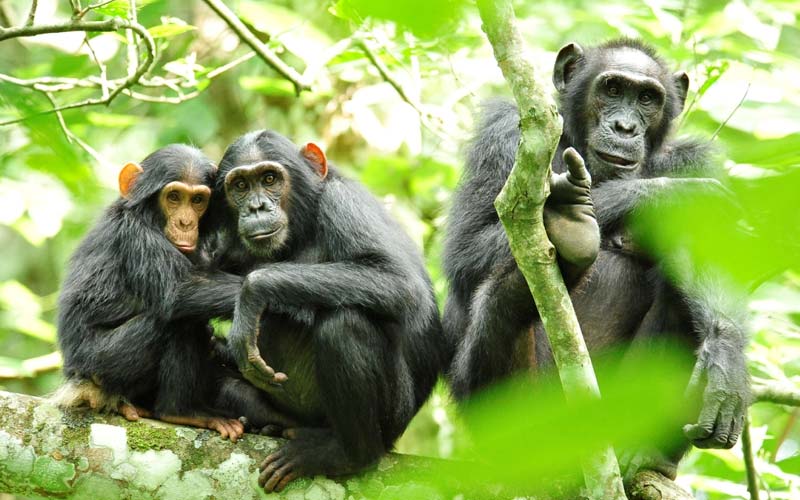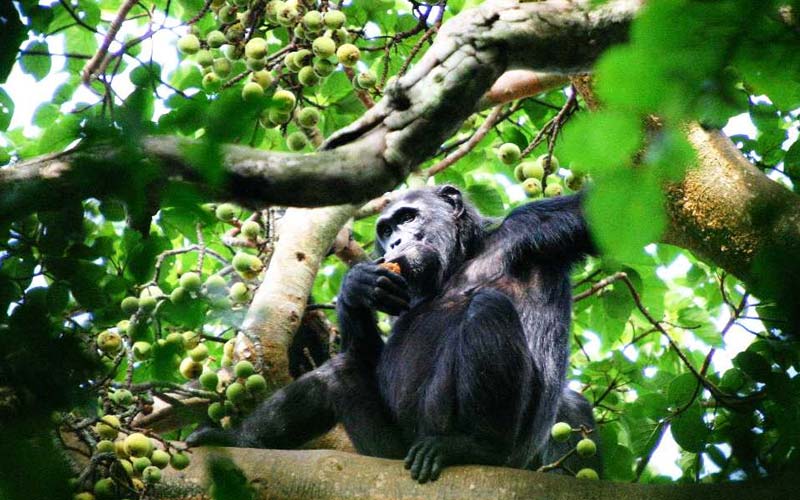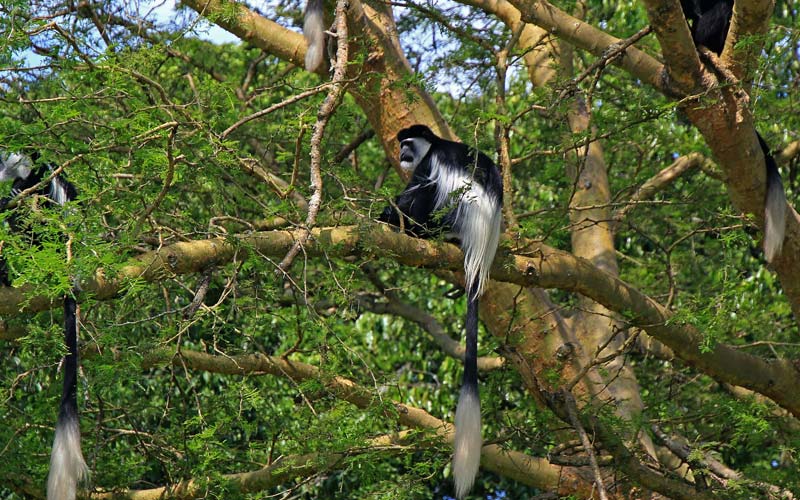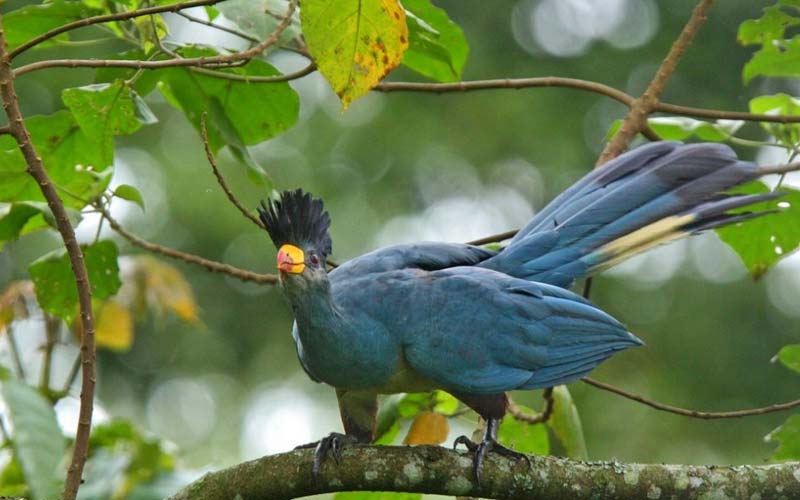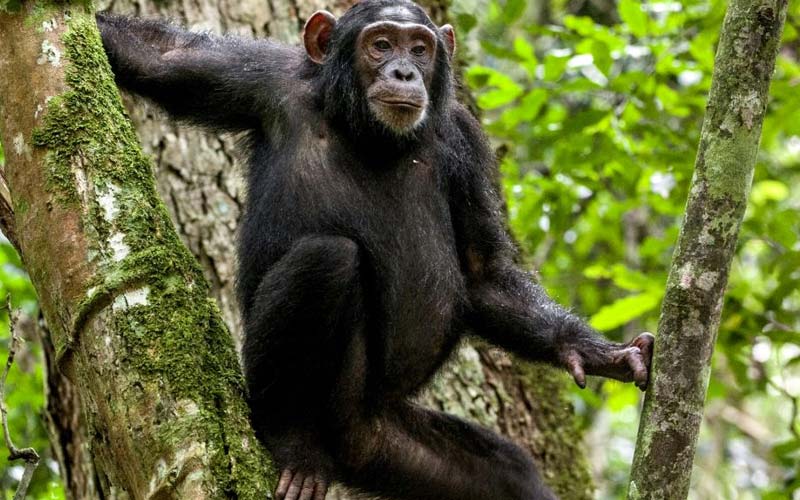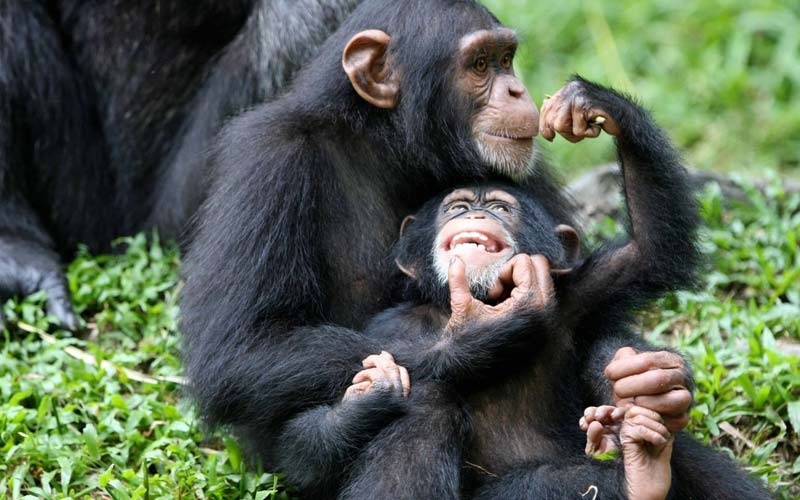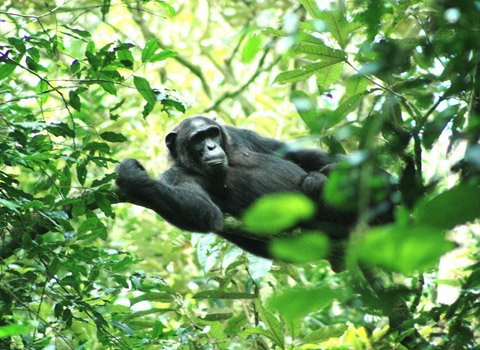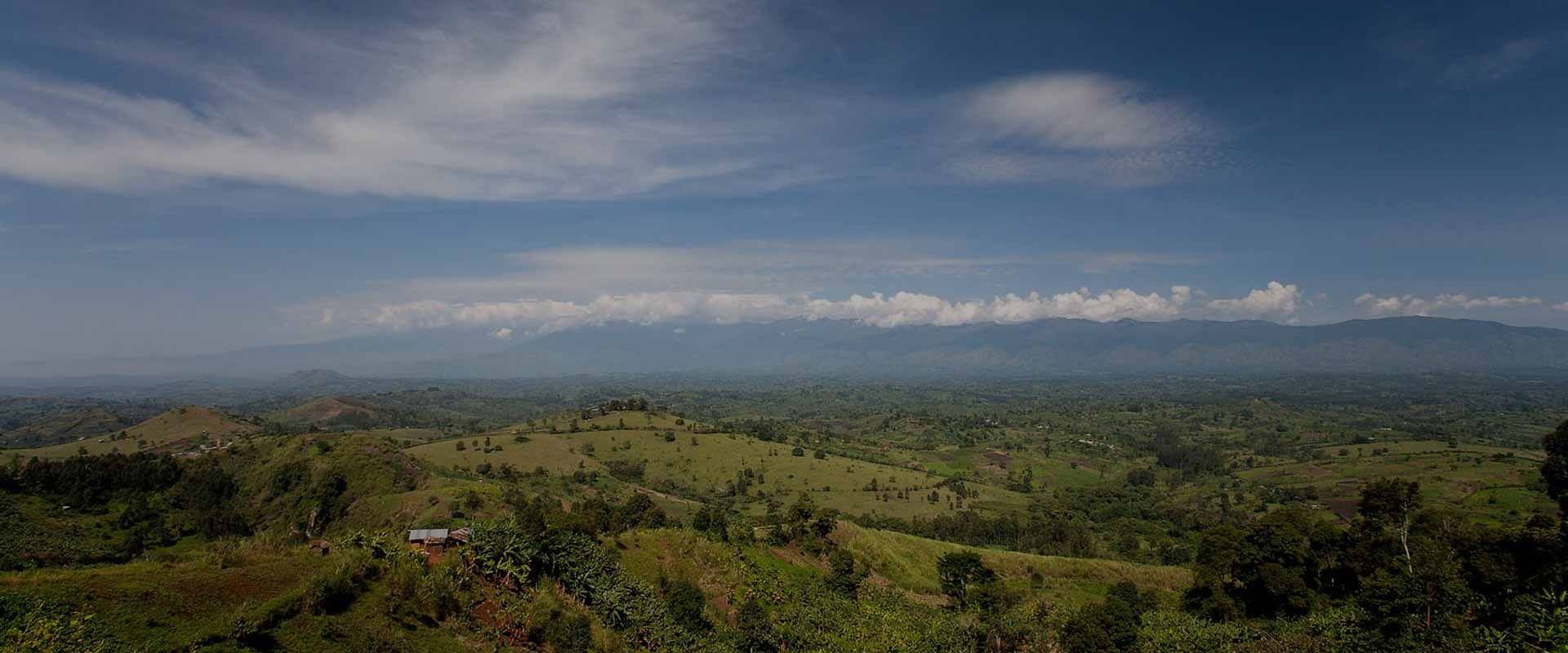
Bwindi National Park
Season And Climate
Bwindi has a wet, yet gentle, climate. Temperatures stay consistent year-long because of its short separation from the equator. Rain can happen at any time in Bwindi, as there is no genuine dry season. The long stretches of June and July get the least downpour, while there is a time of lesser precipitation from December to February. From March to May and October to November the precipitation is most noteworthy.
How To Get There
The park can be reach by street or air. Incredible transport facilities are available to Kisoro and Buhoma at any rate you can in like way rent a private vehicle. Kampala City to Bwindi National Park takes around 8-10 hours to drive, yet it is just 40 minutes by departure from Entebbe to Kihihi or Kisoro airstrip.
Activities
- Mountain gorilla trekking
- Game drives
- Bird safaris
- Forest walks
Highlights
Bwindi has striking assembled grouping and park's rich bundle of pleasant variety and joins different Albertine Rift endemics contains practically 400 sorts of plants, 120 all around cutting edge creature species and more than 350 aviary fauna.
Famous for its mountain gorilla following the exceedingly haggled vertebrate species like chimpanzee, L'Hoest's monkey, and African elephant. Feathered creatures, for example, African green broadbill, Grauer's swamp songbird, Turner's Eremomela, Chapin's flycatcher and Shelley's diminish red wing; and butterflies, for example, African monster swallowtail and Cream-amassed swallowtail are found in the park.
Pros and Cons
Pros
- Phenomenal gorilla trekking with nearly ensured sightings
- Radiant winged animal viewing accessible with proficient aides
- Untainted rainforest
Cons
- Access roads are terrible in the rainy season
- Expensive gorilla trekking license and restricted accessibility
Overview
Bwindi National Park is situated in south-western Uganda Destinations in East Africa. The park is a piece of the Bwindi Impenetrable Forest and is arranged along the Democratic Republic of Congo outskirt by the Virunga National Park and on the edge of the Albertine Rift. It includes 331 square kilometers of wilderness backwoods and contains both montane and marsh timberland and is open just by walking. The Bwindi Impenetrable National Park is an UNESCO-assigned World Heritage Site. The backwoods is one of the most lavish environments in Africa and the assorted variety of species is an element of the park. The park gives living space to somewhere in the range of 120 types of mammals, 348 species of birds, 220 types of butterflies, 27 types of frogs, chameleons, geckos, and many jeopardized species.
Floristically Bwindi National Park is among the most different timberlands in Uganda Safari, with more than 1,000 blossoming plant species including 163 types of trees and 104 types of greeneries. The northern (low height) area is wealthy in types of the Guineo-Congolian greenery. These incorporate two species globally perceived as jeopardized, the dark-colored mahogany and Brazzeialongipedicellata. Specifically, the territory partakes in the large amounts of endemism of the Albertine Rift. The park is an asylum for colobus monkeys, chimpanzees, and numerous birds, (for example, hornbills and turacos). It is maybe most remarkable for the 340 Bwindi gorillas, a substantial portion of the total populace of the fundamentally endangered mountain gorillas. There are four habituated mountain gorilla groups open to tourism: Mubare; Habinyanja; Rushegura close Buhoma; and the Nkuringo bunch at Nkuringo.
Bwindi National Park is the best one for enjoying the ultimate gorilla trekking experience in Uganda. So for an astounding experience of a lifetime, join with Face Of Africa Adventures.
Information
Other National Parks
Suggested Itineraries
Need a more customised exprience?
We will make it happen.
Arusha Office:
- Phone: +255 784 162 038
- Email: info@faceafricaadventures.com
- Address: Moivo Olorein Ppf, Block 668 Agm Street Arusha Tz, 23100
USA Office:
- Skype: raydigiacomojr
- Email: sales@faceafricaadventures.com
- Address: Laguna Beach, California,
Enquiry Now
"We love hearing from you.So if you have any comments,questions,queries,or you just want to say hello,please get in touch with us".



.avif)


